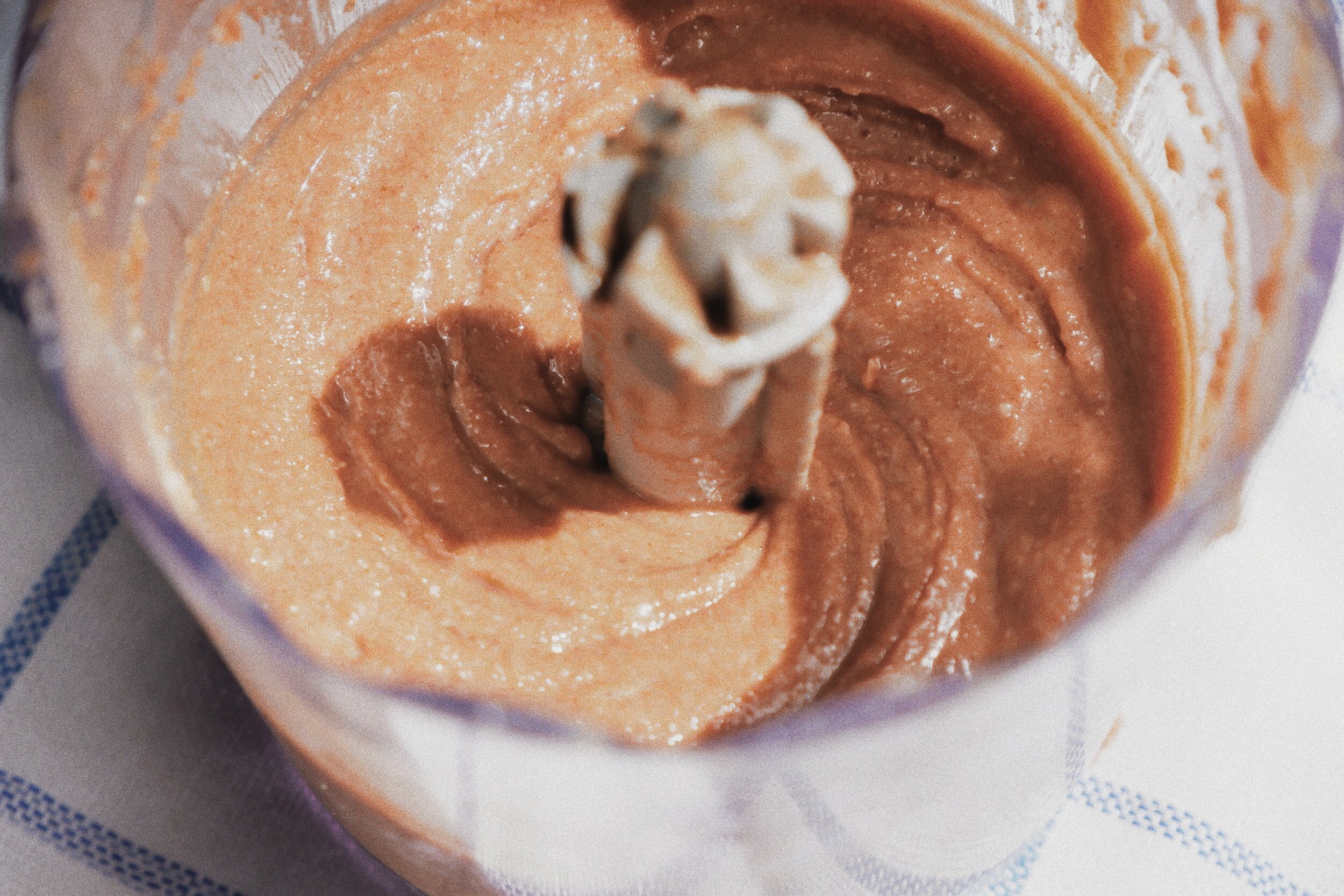Everything you need to know about dietary fats
Why do we need fats?
If you were stuck on an island with no food to eat, your body fat would the thing that kept you alive.
Fat is the most dense form of energy in the body and we need it to regulate our hormones. Our hormones can regulate our sleep, moods, how hungry or full we feel, our energy in and outside the gym and various other things.
Too little or too much can lead to problems, so its essential that we learn to balance our food intake so that we have a healthy body fat percentage.
Dietary fat doesn’t actually make you fat, but following a keto diet isn’t the answer either.
So if fats don’t make you fat, and carbs don’t make you fat, how do we actually get fat?
When we consume too much fat, fat gets stored as body fat.
Consuming too much dietary carbohydrates, increases carbohydrate oxidation (carbs being used as energy) thereby decreasing fat oxidation, leading to excessive fat being stored.
Excess protein consumption, increases protein oxidation, impairing fat oxidation, also causes excessive fats to be stored in the body.
Bottom line, we will store energy as fat when we continuously consume more energy than we expend.
So, how do we go about eating fats, enjoying life while also reaching our body goals? My mother was right all along: everything in moderation.
Here are some easy rules to follow if you want to dial in your nutrition for performance and physique goals:
Avoid fats around your training windows. Specifically Pre-, intra-, post-. Fats slow down carbohydrate intake so instead of your body quickly soaking up the carbs during and after training and using it for recovery, it becomes surplus energy you don’t really need.
As a guide different sports ideally require different macro splits. Here are some examples:
Endurance and high volume exercises (long distance running or cycling), aim for a percentage split of 25/55/20 that's protein/carbs/fats
Bodybuilding, explosive power, conditioning and relative strength training (Crossfit or sprinting for example), aim for 30/40/30
Absolute strength (power lifting) aim for 35/25/40
Different types of sports will require a different macro split.
Have a look at these categories of training volumes to decide on what you need.
Lightly active - 0.3 - 0.5g of fat per lb of bodyweight
Moderately active - 0.5 - 0.7g of fat per lb of bodyweight
Highly active - 0.7 - 0.9g of fat per lb of bodyweight
Looking at these figures you can see that the amount of fat we actually need to stay healthy isn’t much. Is it ok to eat more? Absolutely! You can eat whatever you want within reason, its all about the balance and keeping a healthy body weight. BUT, when we are specifically talking about performance and physique goals, learning how to eat them at the right times, might be that key to changing your body.
*These figures represent best performances and maintenance goals. Those looking to cut body fat will need adjustments over a period of time. As you progress into a deficit, all 3 macros will need adjusting so that they fit into your calorie constraints.



